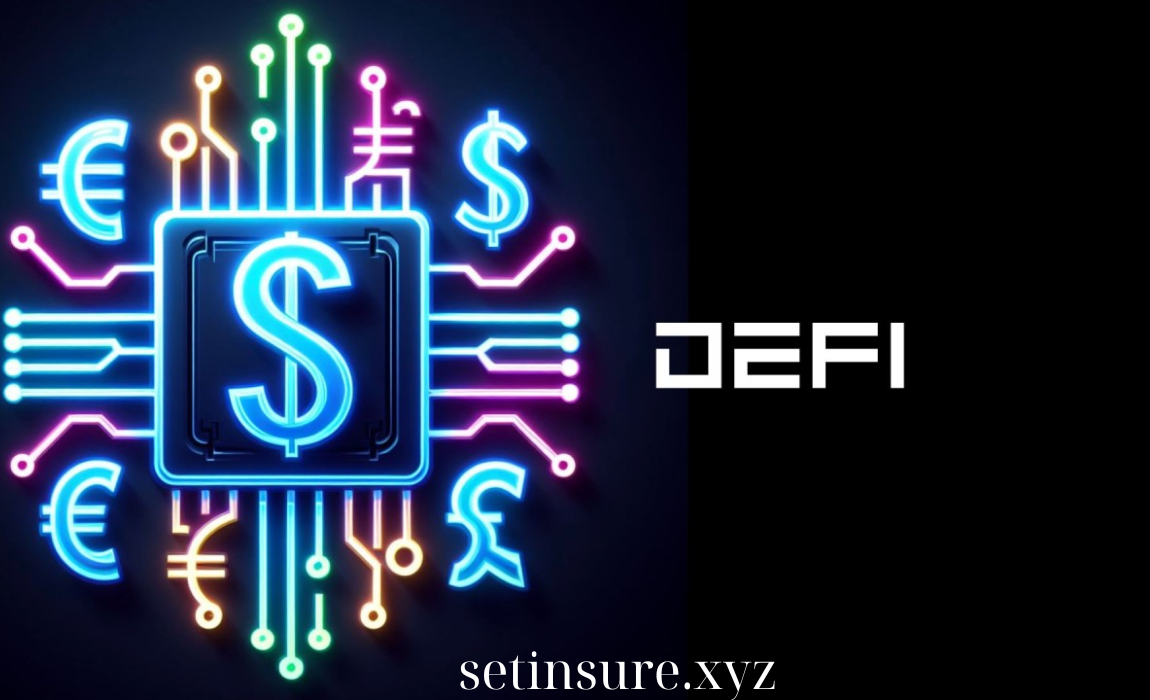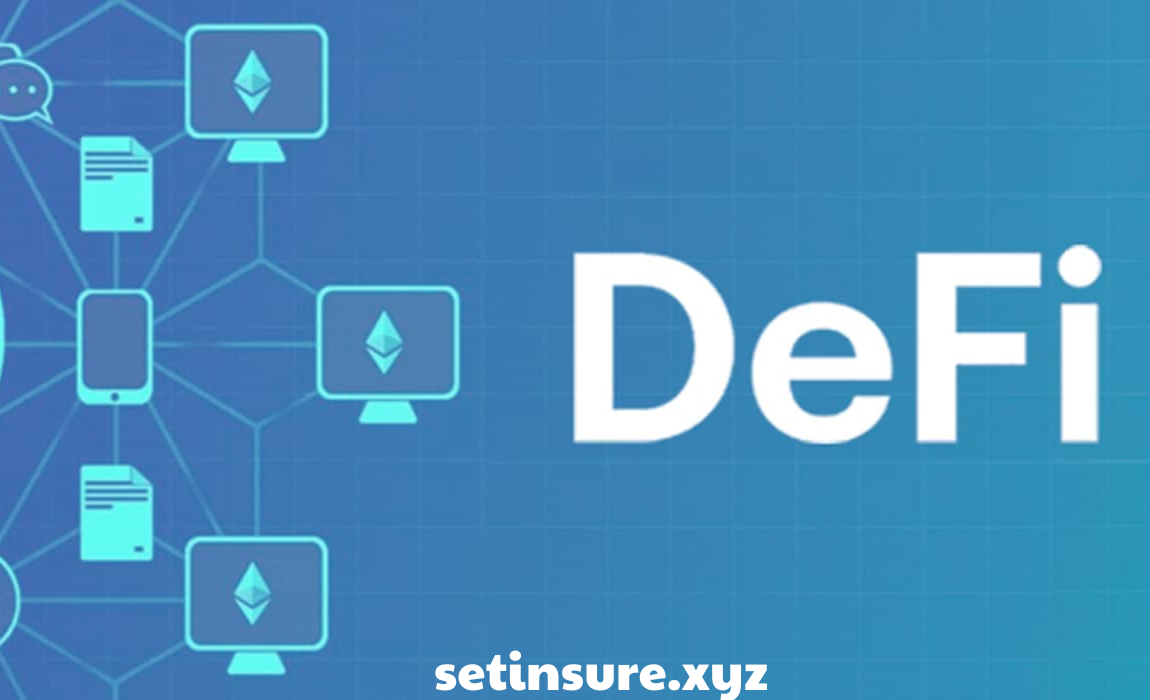Decentralized Finance (DeFi) represents a transformative shift in the financial landscape, leveraging blockchain technology to offer decentralized and trustless financial services. Among the various DeFi applications, lending and borrowing have emerged as prominent use cases, offering innovative alternatives to traditional financial systems. This guide provides an in-depth exploration of DeFi lending, explaining how it works, its benefits, and how it compares to traditional finance.
Key Highlights
- Fundamentals of DeFi Lending: Understand the basic principles of decentralized lending platforms and how they operate.
- How DeFi Lending Works: Explore the mechanisms behind lending and borrowing in the DeFi ecosystem.
- Advantages of DeFi Lending: Learn about the benefits of DeFi lending compared to traditional financial systems.
- Risks and Considerations: Identify potential risks and challenges associated with DeFi lending.
- Popular DeFi Lending Platforms: Discover some of the leading platforms in the DeFi lending space.
Fundamentals of DeFi Lending: Decentralized Financial Services
- What is DeFi Lending?: DeFi lending involves lending and borrowing cryptocurrencies or digital assets through decentralized platforms built on blockchain technology. Unlike traditional lending systems, which rely on intermediaries like banks, DeFi lending operates on smart contracts—self-executing contracts with the terms written into code. These platforms enable users to lend or borrow assets directly, without the need for a central authority.
- Blockchain Technology: DeFi lending platforms are built on blockchain networks, primarily Ethereum. The blockchain serves as a decentralized ledger that records all transactions transparently and immutably. This ensures that all parties involved in lending and borrowing can verify transactions and monitor contract execution in real time.
- Smart Contracts: Smart contracts are the backbone of DeFi lending. They automate the lending process by enforcing the terms of the loan, including interest rates, collateral requirements, and repayment schedules. Smart contracts eliminate the need for intermediaries and reduce the risk of human error or fraud.
How DeFi Lending Works: Mechanisms and Processes
- Lending Process: To lend assets on a DeFi platform, users deposit their cryptocurrency into a lending pool. The platform then allocates these assets to borrowers based on their collateral and creditworthiness. Lenders earn interest on their deposited assets, which is paid by the borrowers.
- Borrowing Process: Borrowers can access funds by providing collateral that exceeds the value of the loan they wish to take out. This collateral ensures that lenders are protected against default. Borrowers must repay the loan with interest within the agreed timeframe to retrieve their collateral.
- Collateralization: DeFi lending platforms require borrowers to over-collateralize their loans. This means that the value of the collateral must be higher than the loan amount. For example, if a borrower wants to take out a loan worth $1,000, they might need to deposit $1,500 worth of cryptocurrency as collateral. This over-collateralization mitigates the risk of defaults and ensures that lenders are compensated.
- Interest Rates: Interest rates on DeFi lending platforms are typically determined by supply and demand dynamics within the platform. Lenders and borrowers interact in an open market, and interest rates fluctuate based on the availability of funds and the demand for loans. Some platforms offer variable rates, while others provide fixed rates.
Advantages of DeFi Lending: Benefits and Opportunities
- Accessibility: DeFi lending platforms are accessible to anyone with an internet connection and a compatible wallet. This democratizes access to financial services, allowing individuals who may be underserved by traditional banks to participate in lending and borrowing.
- Transparency: All transactions and smart contract executions are recorded on the blockchain, providing full transparency. Users can track the flow of funds, verify contract terms, and ensure that lending processes are executed as agreed.
- Lower Costs: By eliminating intermediaries, DeFi lending platforms can offer lower fees compared to traditional financial institutions. Users can save on transaction costs and benefit from more competitive interest rates.
- Global Reach: DeFi lending platforms operate on a global scale, allowing users from different countries to interact with the platform without geographical limitations. This facilitates cross-border transactions and broadens access to financial services.
Risks and Considerations: Potential Challenges
- Smart Contract Risks: While smart contracts are designed to be secure and automated, they are not immune to bugs or vulnerabilities. Exploits or coding errors can potentially lead to loss of funds or contract failures. Users should exercise caution and use reputable platforms with audited smart contracts.
- Volatility: The value of cryptocurrencies can be highly volatile, which can impact the value of collateral and loan repayments. Borrowers and lenders need to be aware of market fluctuations and manage their risks accordingly.
- Regulatory Uncertainty: The DeFi space is still evolving, and regulatory frameworks are not yet fully established. Changes in regulations or legal uncertainties could impact the operation of DeFi lending platforms and the rights of users.
- Liquidity Risks: Some DeFi platforms may experience liquidity issues, where there is not enough capital available for borrowing or lending. This can affect the ability to execute transactions or access funds when needed.
Popular DeFi Lending Platforms: Leading Players in the Space
- Aave: Aave is a decentralized lending protocol that allows users to lend and borrow a wide range of cryptocurrencies. It offers features such as flash loans, which are short-term loans that must be repaid within a single transaction block.
- Compound: Compound is a popular DeFi lending platform that enables users to lend and borrow assets using smart contracts. It utilizes a decentralized governance model, where COMP token holders can participate in decision-making processes.
- MakerDAO: MakerDAO is a decentralized platform that allows users to borrow stablecoins (Dai) by collateralizing their assets. It operates on the Ethereum blockchain and uses a system of collateralized debt positions (CDPs) to manage loans.
- Yearn.finance: Yearn.finance is a DeFi yield aggregator that optimizes returns for users by automatically shifting assets between lending protocols. It offers strategies to maximize interest earnings and provides decentralized lending services.
Conclusion
DeFi lending represents a significant innovation in the financial sector, offering decentralized, transparent, and accessible alternatives to traditional lending systems. By leveraging blockchain technology and smart contracts, DeFi lending platforms provide new opportunities for borrowers and lenders while addressing some of the limitations of conventional finance. However, users should be aware of potential risks and exercise due diligence when engaging with DeFi platforms. As the DeFi space continues to evolve, it promises to bring even more advancements and opportunities for decentralized financial services.
FAQ
- What is the main advantage of DeFi lending over traditional lending? DeFi lending offers greater accessibility, transparency, and lower costs by eliminating intermediaries and leveraging blockchain technology.
- How does collateral work in DeFi lending? Borrowers are required to provide collateral that exceeds the value of the loan they seek. This over-collateralization protects lenders against default and ensures the loan’s security.
- What are the risks associated with DeFi lending? Risks include smart contract vulnerabilities, cryptocurrency volatility, regulatory uncertainty, and potential liquidity issues.
- Can anyone participate in DeFi lending? Yes, DeFi lending platforms are open to anyone with an internet connection and a compatible digital wallet, making financial services more accessible globally.
- How do DeFi lending platforms determine interest rates? Interest rates on DeFi platforms are typically based on supply and demand dynamics within the platform and can fluctuate accordingly. Some platforms offer variable rates, while others provide fixed rates.



